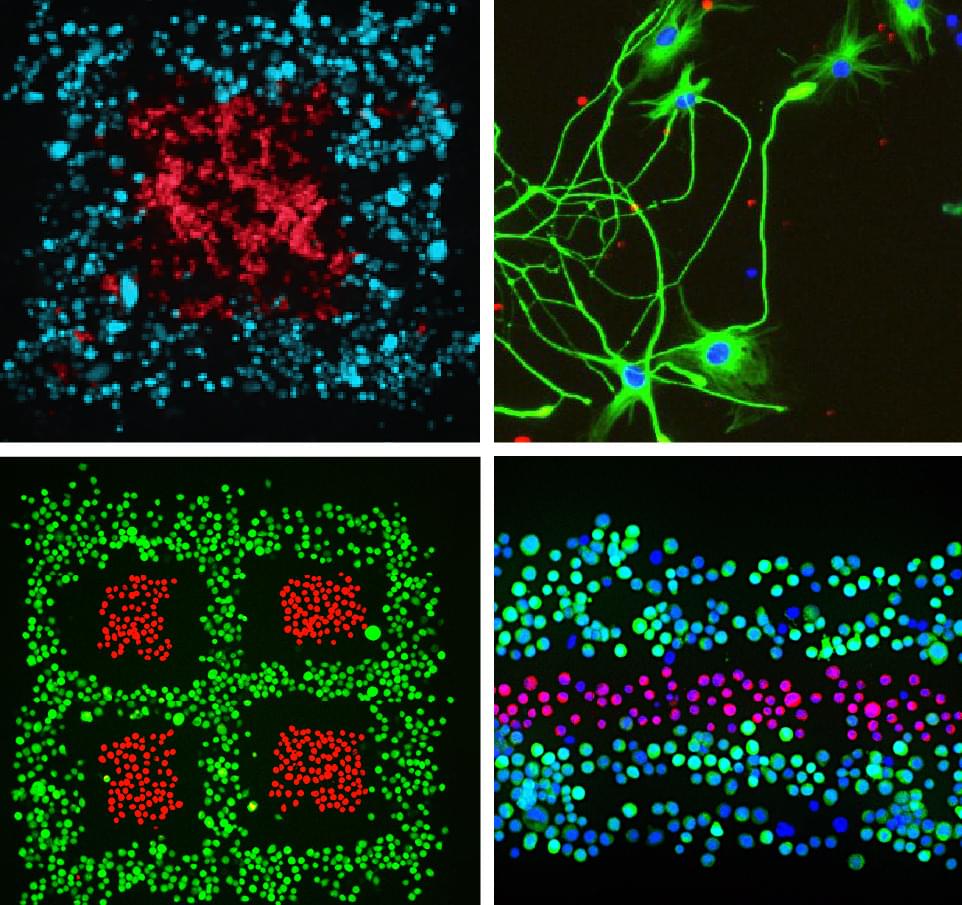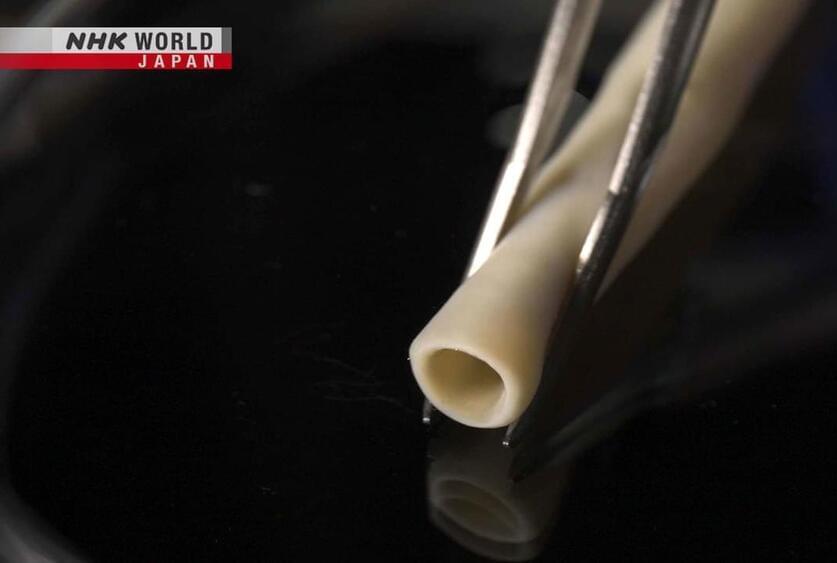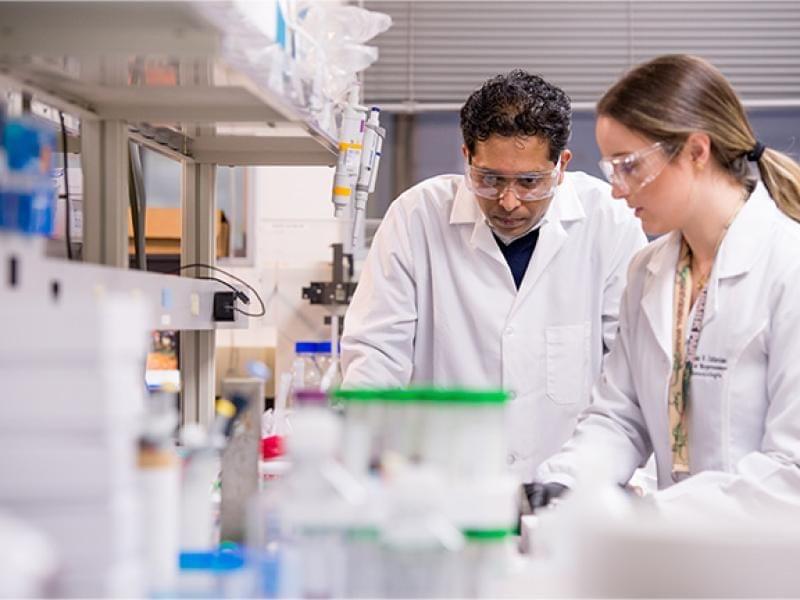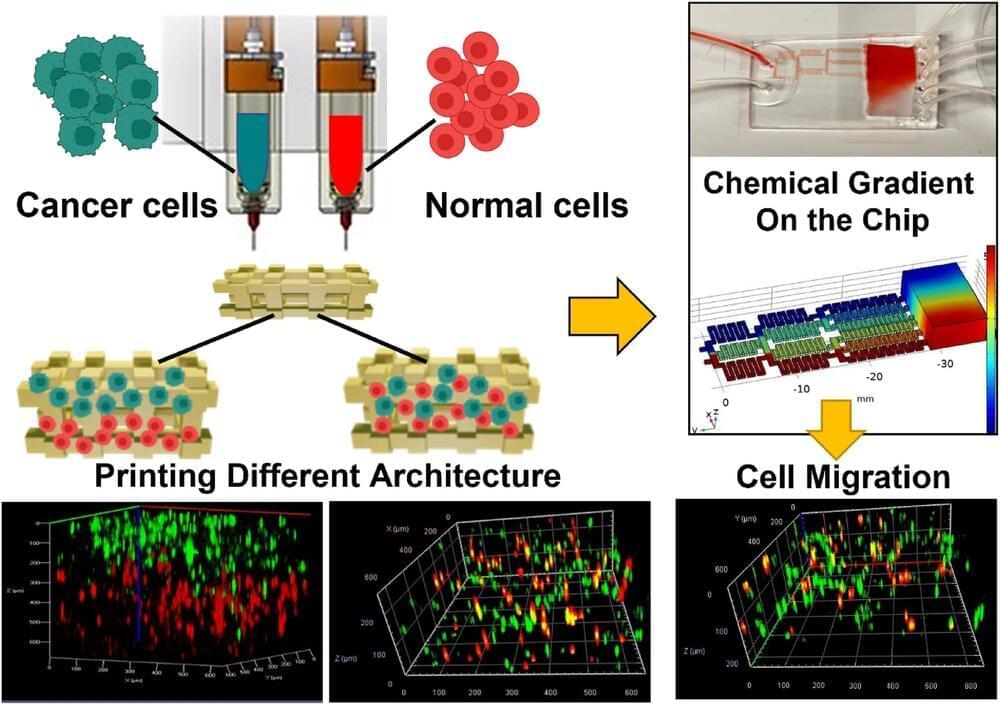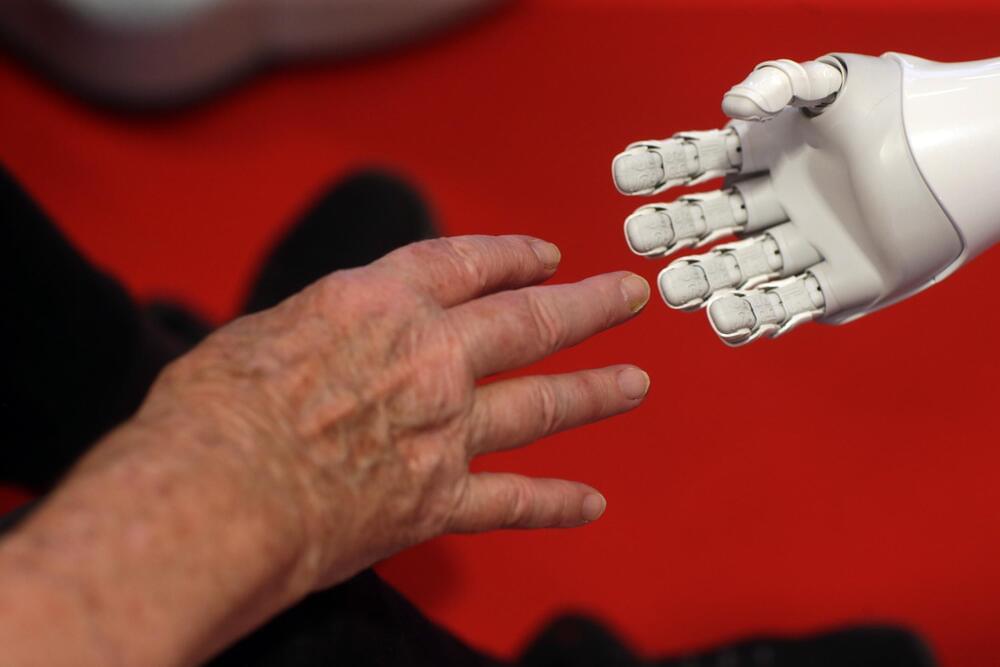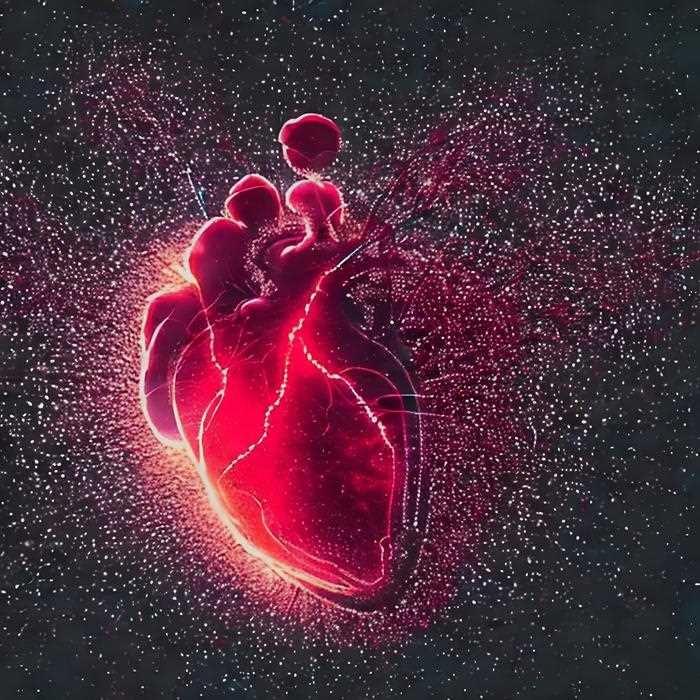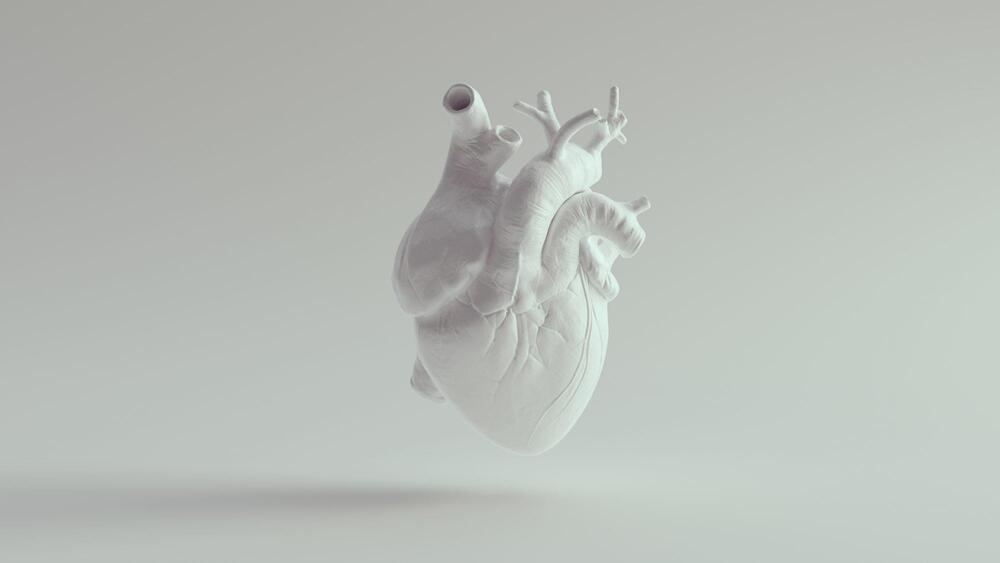In the last decade, the advances made into the reprogramming of somatic cells into induced pluripotent stem cells (iPSCs) led to great improvements towards their use as models of diseases. In particular, in the field of neurodegenerative diseases, iPSCs technology allowed to culture in vitro all types of patient-specific neural cells, facilitating not only the investigation of diseases’ etiopathology, but also the testing of new drugs and cell therapies, leading to the innovative concept of personalized medicine. Moreover, iPSCs can be differentiated and organized into 3D organoids, providing a tool which mimics the complexity of the brain’s architecture. Furthermore, recent developments in 3D bioprinting allowed the study of physiological cell-to-cell interactions, given by a combination of several biomaterials, scaffolds, and cells.


